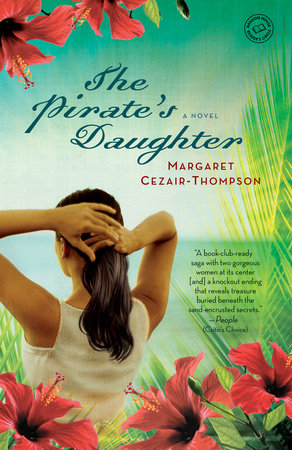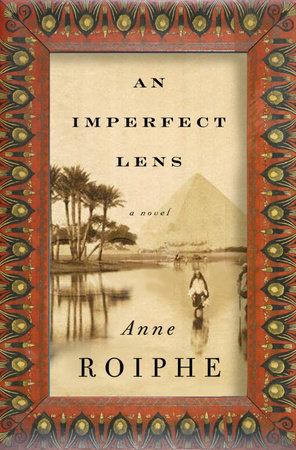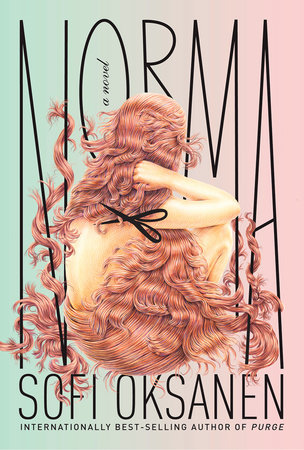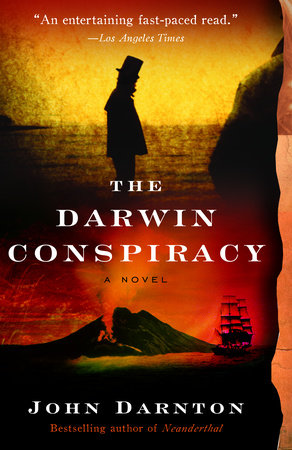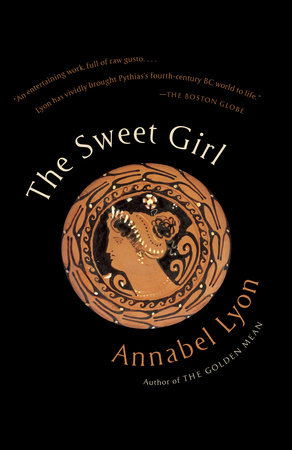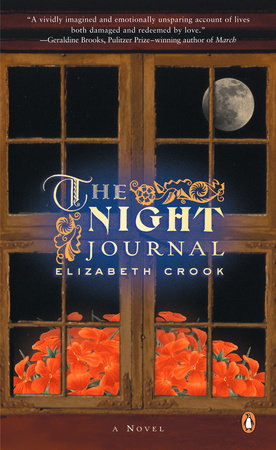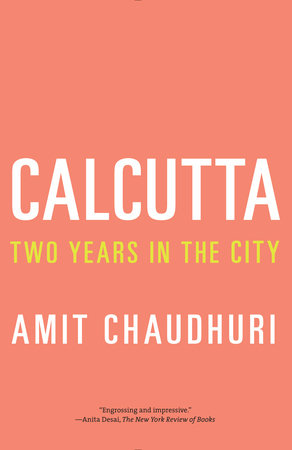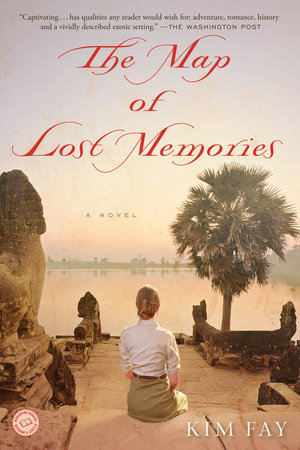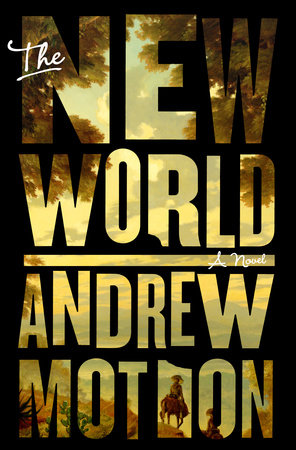A Conversation with Margaret Cezair-Thompson and Marilyn Sides
Marilyn Sides is the author of a collection of short stories, The Island of the Mapmaker’s Wife and Other Tales, and a novel, The Genius of Affection. She is a work on another collection of short fiction and a novel and teaches literature and writing at Wellesley College, where she is the director of the creative writing program.
Marilyn Sides: As a close friend, I watched you over the last seven years labor mightily to bring forth this new novel, The Pirate’s Daughter, at the same time you were raising, as a single mother, your son, Ben, and teaching at Wellesley College full time. What gets a novelist through those many late nights and hours stolen from the pressing responsibilities of ordinary life? What keeps the dream of a novel intact until it becomes a realized fact?
Margaret Cezair-Thompson: Very strong coffee. But truthfully, there’s a lot at stake: it’s not only about keeping the dream of the novel alive but the dream of being a writer.
MS: In your first novel, The True History of Paradise (Dutton 1999), Jean Landing’s story is set in 1980’s post-independence Jamaica, during the violent "state-of-emergency," but throughout the novel Jean hears the voices of ancestors whispering to her across three centuries. In The Pirate’s Daughter you concentrate on the late 1940s to the late 1970s, three decades that begin with the post World War II bustle and international glamour of colonial Jamaica and that end during the political unrest which fills THP. Why did you come back to for an up-close look at this particular period?
Margaret Cezair-Thompson: Well, like many writers, I’m attracted to what seems like a vanished or vanishing era. I heard a lot about the forties and fifties from my parents. It was a remarkable period for Jamaica in terms of its developing a sense of itself as a nation, yet as a pre-independent country there were still all those physical and psychological manifestations of a British colony. So you still had the ex-pats, the polo-playing set and United Fruit Company postcard images and songs about drinking “rum an’ cola,” but you also had this national pride bubbling up from beneath and a self-questioning. To give an example, there’s a moment in the novel when Ida is young and she’s just come from visiting the home of that very English couple, the Fletchers, where she was made to feel uncomfortable and was referred to at one point not by name but as that “Jamaican girl”. In her mind, Ida’s sifting through all the songs–
MS: Yes, I love the fragments of songs throughout the novel, "Fan me soldier boy, fan me" is my favorite.
MCT: –and images she’s ever seen or heard about Jamaican girls (who were bad and ran away or good and men ran away from them); she also ponders over a clipping she’s seen of a 1930’s Miss Jamaica beauty queen, and wondering where she fits in all this, how she’ll define herself or be defined in the future. Well on a larger scale that’s what the whole country was doing, consciously and unconsciously. I found this all very appealing as a writer and the time period also “fit” the subject–these two worlds meeting: Flynn’s glamorous 1940’s Hollywood and a small island society.
MS: When did the starting point for the novel’s action
–the true fact that the dashing movie-idol Errol Flynn shipwrecked on Jamaica and later acquired his own island just off Jamaica’s coast–become clearly the absolutely right way to go? And why did you feel that you could dare to let Flynn leave the book, except for the characters’ thoughts of him, almost halfway through?
MCT: The origin of the novel for me was not Flynn but an image I had of the young Jamaican woman and a foreign, older man in a house by the sea. They were from different worlds, but both belonged in that house. I got more curious about them and as I dug more deeply and settled on the right setting–Port Antonio–Errol Flynn appeared, so to speak, reminding me that he had lived there, too. So I welcomed him into the book as a main character. I think when writing a novel, you start with one idea or image, then you take a really good look at the place and time and then people and their stories start coming forward. As for letting Flynn “go,” halfway through the book: I wanted to be faithful to the facts of when he lived and died; I didn’t think of it as daring (though I know what you mean– oops, main character’s gone, what now?) but rather challenging, structurally, keeping his spirit and all the dramatic consequences of his deeds alive through the last part of the book. In almost every novel I’ve read and admired some “rule” of storytelling is broken and yet the novel works. It’s like cooking and changing the recipe half way through–instead of wine you’re going to steam those clams in Red Stripe Beer because that’s what you’ve got in the fridge.
MS: As you were researching the novel, I remember you discovering that Flynn was born in Tasmania, so he himself came from a colonial past. That struck me as having so much potential for thinking about his character living in Jamaica. How did that fact come to shape your sense of Flynn in your novel?
MCT: What I learned about Flynn’s early life helped me see him in greater dimension. Knowing he was an “island man” I felt I understood a bit more about him, about his desires, habits, and needs as someone who wanted to return to his own sub-tropical island past. I also saw not only the Hollywood icon but a bit of that colonial “bad boy” adventurer of earlier times, like Captain Bligh. He came to symbolize that sort of man, too.
MS: Do you think of yourself as a writer of historical novels? Do you do a lot of research?
MCT: I don’t think of myself as a writer of historical novels. But I do love history, always have. And I loved reading historical novels as a young adult, devoured them in fact. I still love novels that immerse me in a whole different place and time.
MS: What did you read?
MCT: Anya Seton and Jean Plaidy who also went under the name Victoria Holt, all those novels of English royalty, Mary Queen of Scots and so on. Especially novels with intricate family trees drawn up on the inside cover.
In terms of research: I didn’t have a system. But I wanted to be as authentic as possible in my details, so I’d start checking facts and discover more facts, wonderful things I could not have imagined or made up.
MS: Like?
MCT: That Captain Bligh had been on Navy Island too. And about the Otaheiti apples and the connection to Tahiti, that Columbus’s last two ships sank off the coast of Jamaica.
MS: Several reviews of the novel seem to imply that the novel is a great romance novel "beach-read," which not only underscores its rich readability, but also seems to imply an exotic escapist fantasy? Ida pretty clearly wants to be a heroine in a romance novel from the moment we meet her as a teenager all dressed up and about to meet Errol Flynn, but at the end of the novel we see her as having weathered "romance" and living "small" with dignity and even contentment.
MCT: I didn’t consciously think about the romance novel. I liked the idea of making all four generations of those women (Oni, Esme, Ida, and May) big readers: Oni reads “Mills & Boons” which were the paperback romances that I remember many of my school friends reading. Esme and Ida share a love of novels. I imagined Ida reading Edna Ferber’s Saratoga Trunk. And yes, she identifies with the romantic heroines of that sort of novel. Ida and May have a scene where they bring up another historical romance, The White Witch of Rosehall. And then there’s May with her pirate stories.
MS: Yes, in the very first pages of her novel, Treasure Cove, the young May seems to be inspired by the teenage male heroes of adventure stories like Robert Louis Stevenson’s Treasure Island. Still, although she wears her hair short and is a "tomboy," May also wants a feminine identity; when she plays “pirate” with her friend Ian, she takes the role of Lucy Sharp (“lady turned pirate”). Later in the novel, May seems to see herself more as the young woman victim of adventurers and rakes; she wonders if she will turn out to be like Sabine, the "duppy," or ghost who seems to haunt Flynn’s island. What happens to May over the course of the novel in her sense of herself as a heroine?
MCT: Again it goes back to that question of identity. At that time and in that society, there weren’t many books that depicted a mixed race Jamaican female in a positive or hopeful light, and these women, first Ida, then May, are on a sort of quest to define themselves as heroines of their own story. I think May is looking for her place, her own place, throughout the novel. By that I mean where she fits or belongs in the world and particularly Jamaica. At the same time, she’s looking for someone who is like her in these stories but never does. There were a couple of brave but ultimately doomed pirate women–like Anne Bonny; but certainly no Jamaican female adventure heroes. They are all English boys and men. As she grows older and reads more, the only island women she finds are those outcast women: Ann Bonny, the White Witch of Rosehall, the legendary Sabine (a legend and character I made up)). This is true about growing up in a colonial era, that sense of displacement. And it’s not just a West Indian phenomenon. I was watching the film Casablanca the other day, a favorite of mine, and this is not a criticism — I wouldn’t want anything about that film changed. But I was thinking about what it might be like watching that epic if you were from Morocco. There are no native characters.
MS: Yes, absolutely, except in the local color market scenes.
MCT: May talks about a similar situation near the end when she says she always felt invisible or ghostly in relation to those heroes like Bligh, Admiral Nelson and even her father–because women like her and her mother weren’t included, weren’t written about in those heroic tales. This is the sort of thing that May, semi-abandoned in her childhood, teased and ostracized by her peers, has to muddle her way through. And I think she does sort a lot of this out by the end.
MS: Yes, unlike the white Ian, who seems to be another illegitimate child of Flynn’s with the wife of one of Flynn’s white ex-pat friends, so a half-brother to May and also displaced. Ian seems tragically to be unable to find his place among the Jamaicans in Port Antonio.
MCT: Ian. The artist. I grew very fond of Ian. He haunts the book I think but in a more subtle way than Flynn. And he represents quite a lot for me personally–I recognize him as one of the lost ones of my own generation. He couldn’t be like his British ex-pat parents but neither could he thrive in the new Jamaica. The tragic thing about Ian, too, is that he could so easily have lived in England and fitted in there because he’s got that 60’s British pop thing going on too; but he doesn’t want to be anywhere but Jamaica.
MS: In TTHP, the main character Jean tries to escape from Jamaica, do you feel in TPD, the main characters, Ida and May, who love Jamaica, are also trying to escape it? Do they try to find on Navy Island a kind of escape from Jamaica?
MCT: It’s interesting that you’d see Navy Island that way, and it does have that almost fantastic idyllic quality. But for Ida, Navy Island is her life’s goal and destination because of its association with Flynn. For May, it’s more complicated–she calls it “a piece of Jamaica that drifted away” so it’s very much Jamaica, but a Jamaica where she can feel safe, where she feels she belongs.
MS: You left Jamaica to live in the United States, yet you seem compelled to return to Jamaica again and again in your writing. What is it about Jamaica that makes it home and yet drives people away from that home?
MCT: As is true of any place that has undergone a period of difficult and violent change, there are people who “tough it out” sometimes because they have no other choice. There are others who for their own survival feel they must leave, but that’s never an easy thing to do. The whole question of staying or going when things get so rough is something I find interesting as a writer and I suppose that’s why it comes into both these novels. But, again, May and Ida are not driven away or trying to escape; they’re clinging for dear life. May especially is standing up to everything and saying “I have a right to be here.” I remember making a conscious decision that unlike the protagonist of my first novel, this young woman, May, was determined to stay.
MS: Does writing about Jamaica keep you in touch with "home?"
MCT: Yes. But what’s also true is that keeping in touch with home (going there, being around other Jamaicans here in the U.S.) keeps me writing. I feel like every time I go home or have a good long chat with a fellow-Jamaican I find something that inspires me to do more writing. Sometimes it’s just a word, an expression, some new fact.
MS: Did the writing lead you to discover parts of Jamaica that weren’t your home when you lived there? I’m thinking in particular of the loving attention the town of Port Antonio receives in TPD.
MCT: Again yes, I’ve learned quite a lot about my own country in the writing process so it’s always like a return home. Now and then I’d find myself unsure about something or unable to remember clearly, so I’d call someone back home, an aunt or uncle maybe, and if I was lucky I’d get the long answer–anecdotal, with a recipe thrown in (Black Crab Soup, fried green plantains). As some readers have noticed, there’s a lot of good food in this novel.
MS: I was always getting hungry. And the flowers, jasmine, bougainvillea!
MCT: Port Antonio is a beautiful part of Jamaica and deserves attention, the right kind of attention. I would hate to see it spoiled, but I’d like to see some revival there, economically, culturally; there are beautiful old Georgian buildings that need restoring. It’s a town that has been written about and praised by British and American writers of the nineteenth century. There’s a lot of concealed history and it’s breathtakingly beautiful.
MS: The Pirate’s Daughter is so powerfully a book about the elusive father. May’s father Flynn is there in all his glamour and charm, but at the same time not there, not laying a direct claim to May, not fathering her in any real way. May says she feels fraudulent about signing her last name as Flynn. How do you feel May finds herself filling the place of the father in the novel? Does this theme of the elusive father resonate with the political and historical themes in the novel?
MCT: To answer that last question, yes, I was conscious of Flynn’s role as absent father reflecting a larger kind of absenteeism, political and historic. Recurring throughout Jamaican history is a figure known as the absentee planter; he was the British owner of the sugar estates and a slave-owner, lived mostly in England, but sometimes fathered mixed-race children born of his slaves. The children, and in many instances the plantations themselves were abandoned when slavery ended. I was thinking how much that’s part of our history, and of how islands like Jamaica have been, like the character May, struggling to emerge from a very fragmented past. As for filling the place of a father, there are some very dedicated and even doting fathers in the novel: Ida’s father, Eli Joseph; Karl who is a good step-father to May. There’s also the map that May inherits. And all that the map means or could mean.
MS: Of course I have to ask this: What about your next novel? Will it be set in Jamaica? Will it be "historical" (in any sense of that word you want to play with)?
MCT: It will be historical because I’m always thinking about history and looking at things in that way. But I won’t say more about it than that.
